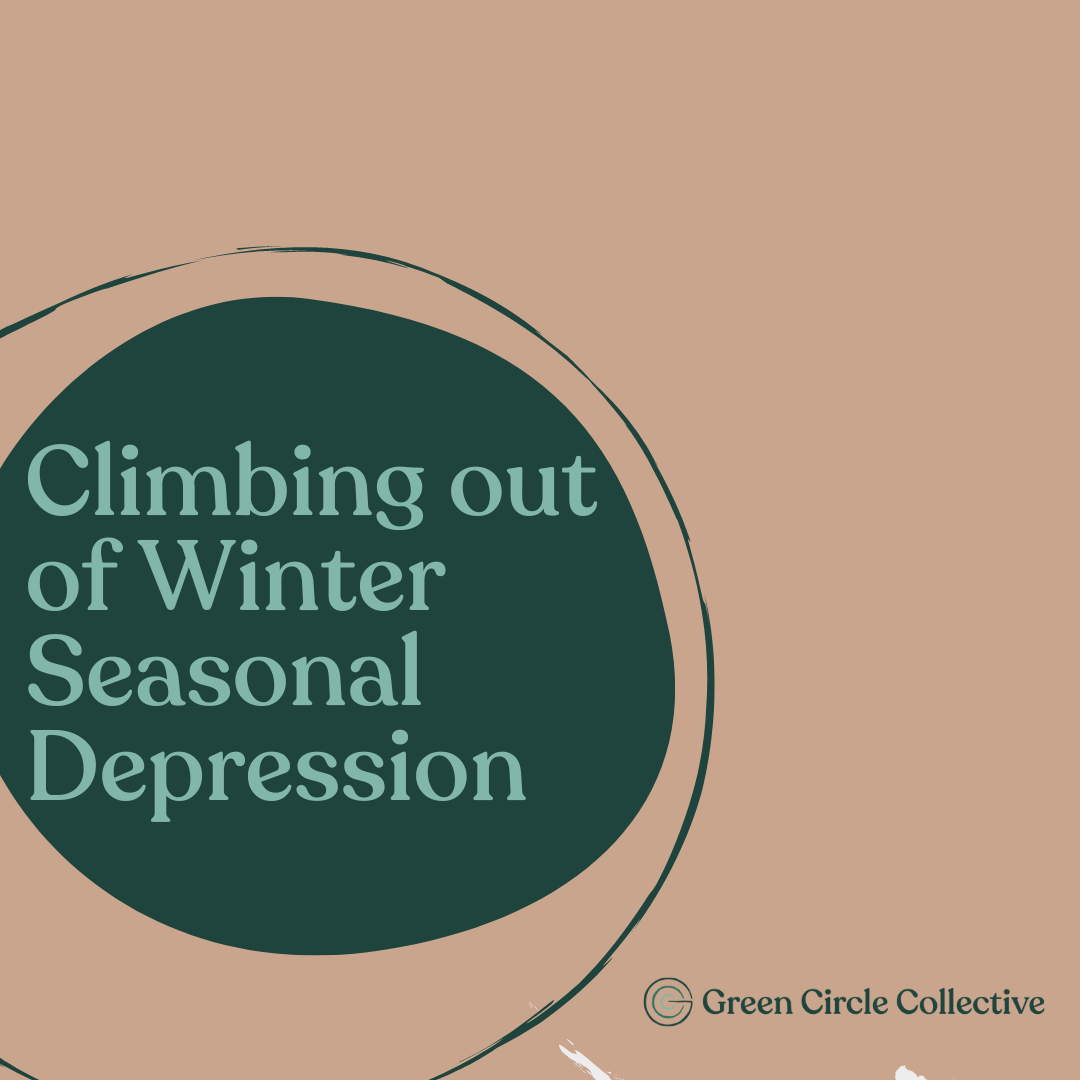Climbing Out of Winter Seasonal Depression
Every place has seasons of some sort - a natural progression of changes throughout the year. Where I live, winter brings cold temperatures, ice and snow, and short days with less sun. Others enjoy moderate temperatures and days at the beach no matter what time of the year. Unfortunately, Seasonal Depression doesn’t care where you reside, it can impact you regardless of what the winter weather is where you live.
Winter seasonal depression isn’t based on cold weather and snow, or warm weather and rain. It’s based on sunlight. When there’s less sunlight during specific times of the year, it can cause fatigue, depression, and social withdrawal along with many other symptoms.
Do You Experience Seasonal Affective Disorder in Winter?
Have you noticed during certain times of the year that you feel less like yourself? It doesn’t last for much more than a couple of months, but it always pops up at the same time each year? You just feel…. BLAH. You’re anxious, or extremely sad, or have severe mood swings? You find your appetite changes, and you just can’t concentrate on anything but how sad you feel? Are you struggling to sleep, or are you sleeping ALL THE TIME?
And then, POOF, like magic, it subsides and you’re back to your regular self as Spring or Summer rolls back around. This is a strong indication that you probably experience Seasonal Affective Disorder, also known as SAD.
What Can Help Your SAD Mood Disorder
If you’re affected by SAD in the winter, some of the best tips to help you climb out of your seasonal depression can provide a bit of relief.
Natural Light
Soak up as much natural light as possible. Try to head outdoors. You don’t have to push yourself to do anything outside - just stand in the sun, or sit in one of your favorite outdoor chairs, and enjoy the light shining down on you.
Light Therapy
In the winter there’s a lack of sunlight, and your mood is affected in substantial ways. If you aren’t able to be out in natural light for long enough periods of time each day, light therapy can be helpful.
A full-spectrum light is used for 15 to 45 minutes per day to help regulate your circadian rhythm, and it has been proven to provide an antidepressant effect on most people. If it works for you, you can continue this until Spring brings more daylight hours.
Connection with Others
Reaching out and being connected to others has a positive effect on our ability to handle the normal ups-and-downs of life. Feeling like others care about you and caring for others’ wellbeing helps provide purpose and grounding in our lives - even if all we have are video calls and texting. Working on maintaining and strengthening relationships with people you trust and care about helps all of you have an extra layer of support if SAD takes its toll on each of you individually.
Talk to a Professional
If you find nothing is working, and your feelings of sadness, anxiety and depression aren’t decreasing - talk to a professional. Even the simple act of talking to someone can help.
Talking Openly with a Professional
You can do everything doctors suggest and still feel like you’ll never feel better. It’s normal to feel like this, even if you lived through SAD in previous years and know that it does pass. However, you don’t have to suffer through it. There is plenty of help within your reach. We can climb out of seasonal depression together. Let’s do this!


